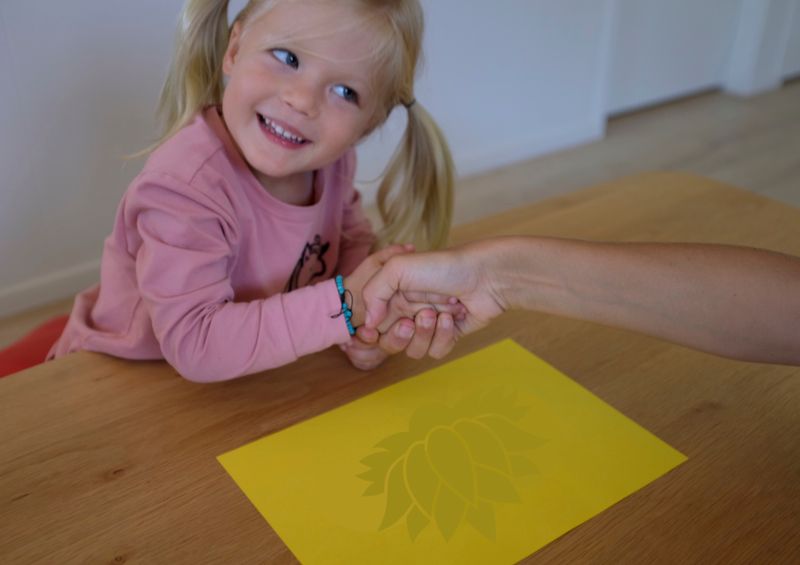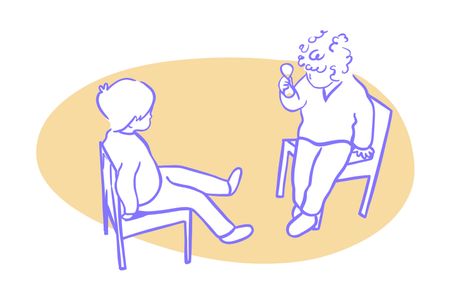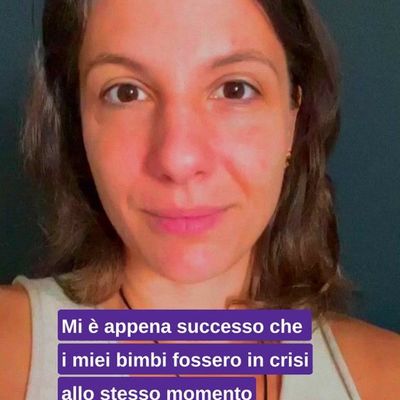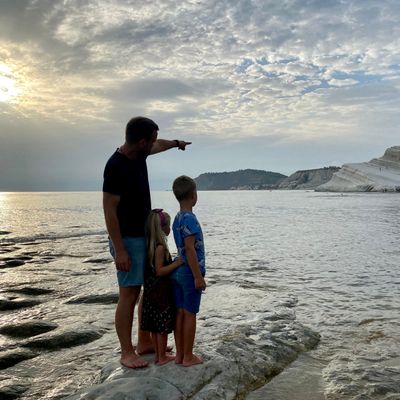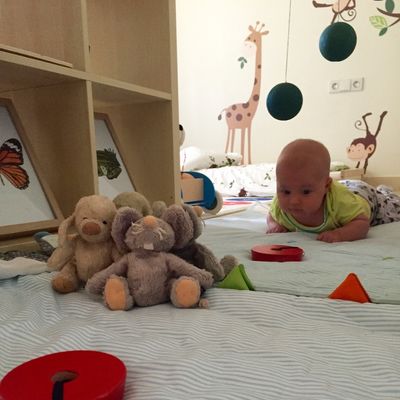Peace table
A corner in the house where siblings can meet and solve conflicts using their words instead of their hands.
If you know some Montessori blogs, you may have heard of the peace table.
It's simply a small table with two or three chairs (or a dedicated mat on the floor in a corner) where the members of the family meet after an argument. On the table, some parents keep an object that fits in one hand (like an anti-stress ball), an hourglass, and some books about emotions. Others add pictures on the walls with messages of peace or a relaxing musical instrument (such as the rain hose). I've even seen a photo of Maria Montessori, but I wouldn't go that far 😉
THis is what you do: after a conflict or an argument, the people involved meet at the peace table and speak in turn. Whoever has the object in their hands can speak, sure that everybody else will listen. When they're done, they pass the object to the other person who has a turn to speak. The hourglass is used so everyone gets the same amount of time to talk, but it also helps to focus the attention away from the emotions and on the falling sand, thus calming the "crocodile brain". Books about emotions can be used to help understand the emotions we're feeling and, if children want to, to talk about them after the conflict is resolved.
But as it happens in everything Montessori that is more fashion than essence, none of this is really necessary to create a peace table: what's important is the concept, it's to make it a habit after an argument to stop and meet. To talk and listen. And in order to do that you only need adults who lead by example, who learn to be mediators instead of judges, and are willing to take the time every time to resolve the conflict, consistently and coherently.
When we had a stable home, we didn't have a dedicated peace table: we often used the activity and a small stuffed toy as "the guardian of the word" which will ensure that nobody interrupts when you speak (with small children it helps to have a special "ritual", always the same, to resolve the conflict), and we called it"at the peace table". During a conflict, you would often hear me say, "I think we need a meeting at the peace table."
Today our peace table is purely imaginary, but the concept remains: to resolve conflicts we sit on the ground, in the car, on the beach, wherever we are, and we take turns talking. We no longer even need the guardian of the word, we have learned to wait and listen to each other patiently.
For me, the concept behind the peace table - and perhaps with the smallest children also the physical peace table - should find a place in every home: a corner where you can meet, calm down, talk and resolve conflicts in harmony. Not only between children, but also between parent and child.
If you want to learn more about conflict resolution, I invite you to listen to episode 21 of my podcast Educate with Calma. And in my online course Educating for the long term, you will find everything you need to start a personal evolution and face parenting with more serenity.
Finally, here are some tables or corners of peace that you can get inspired by.



Photo credit: Pinterest

Photo credit: www.zaragosaschoolhouse.com

